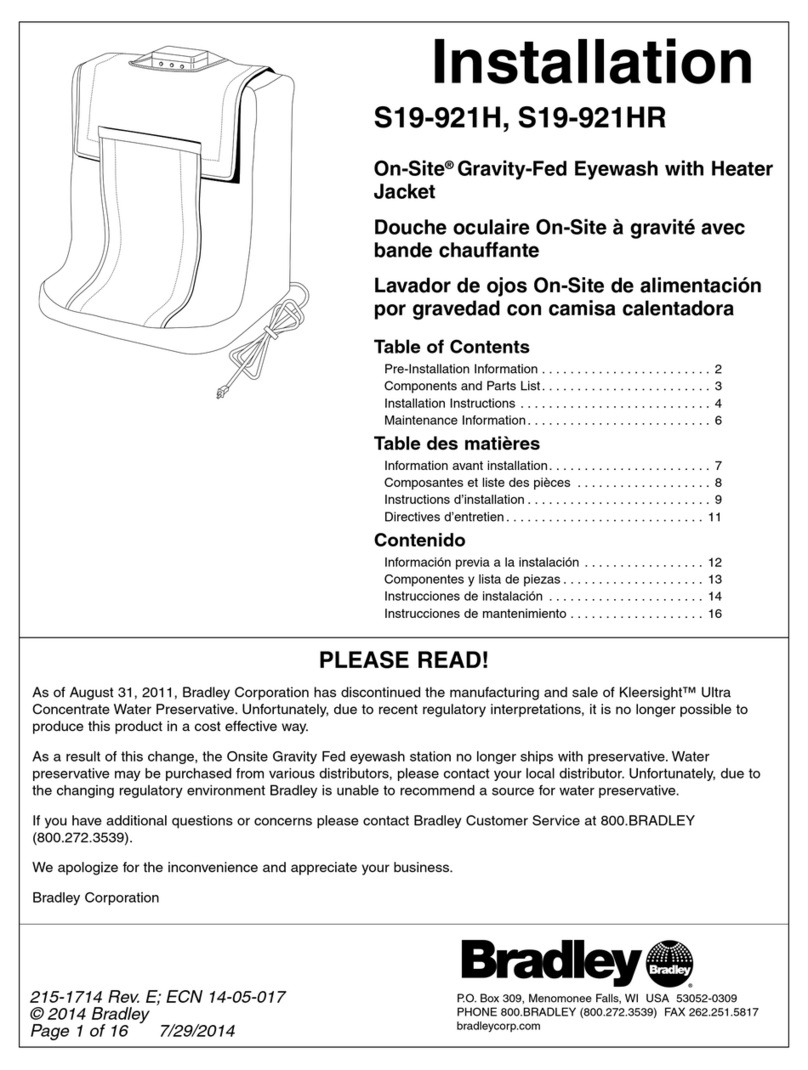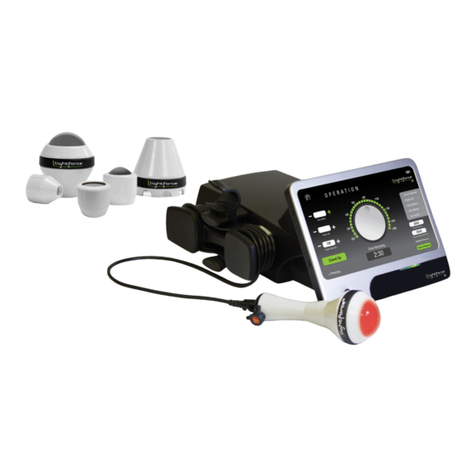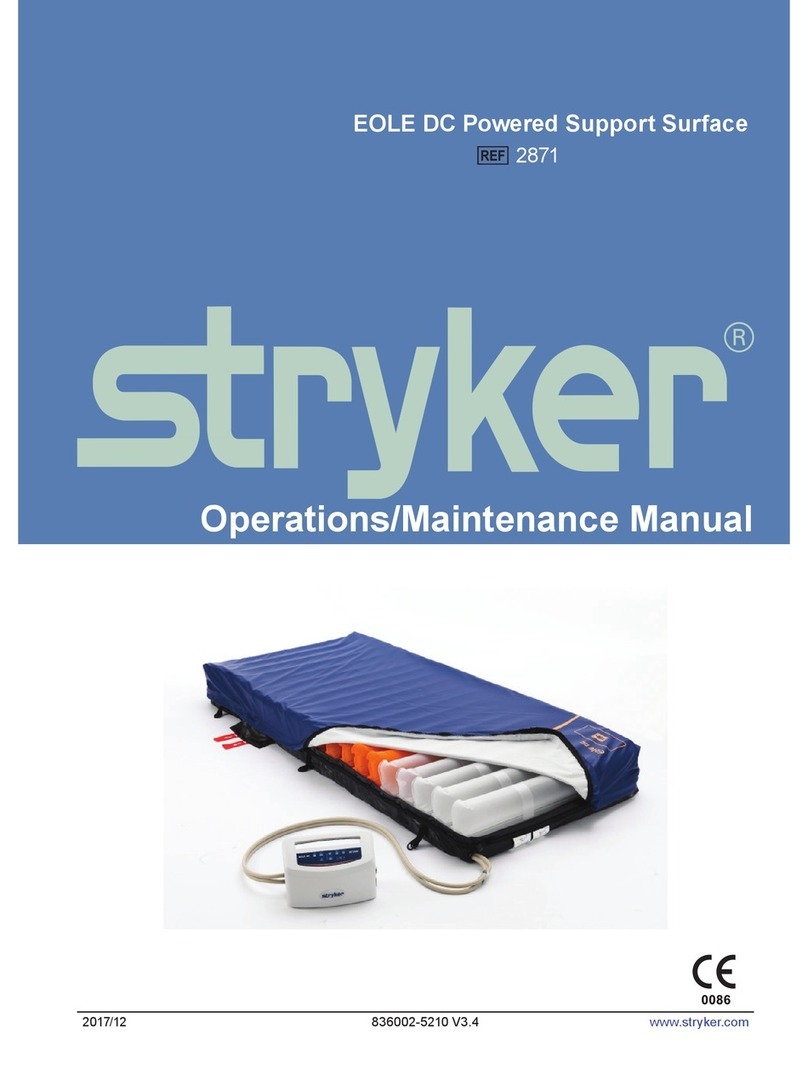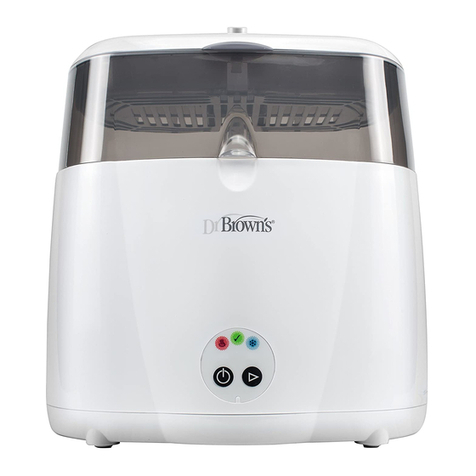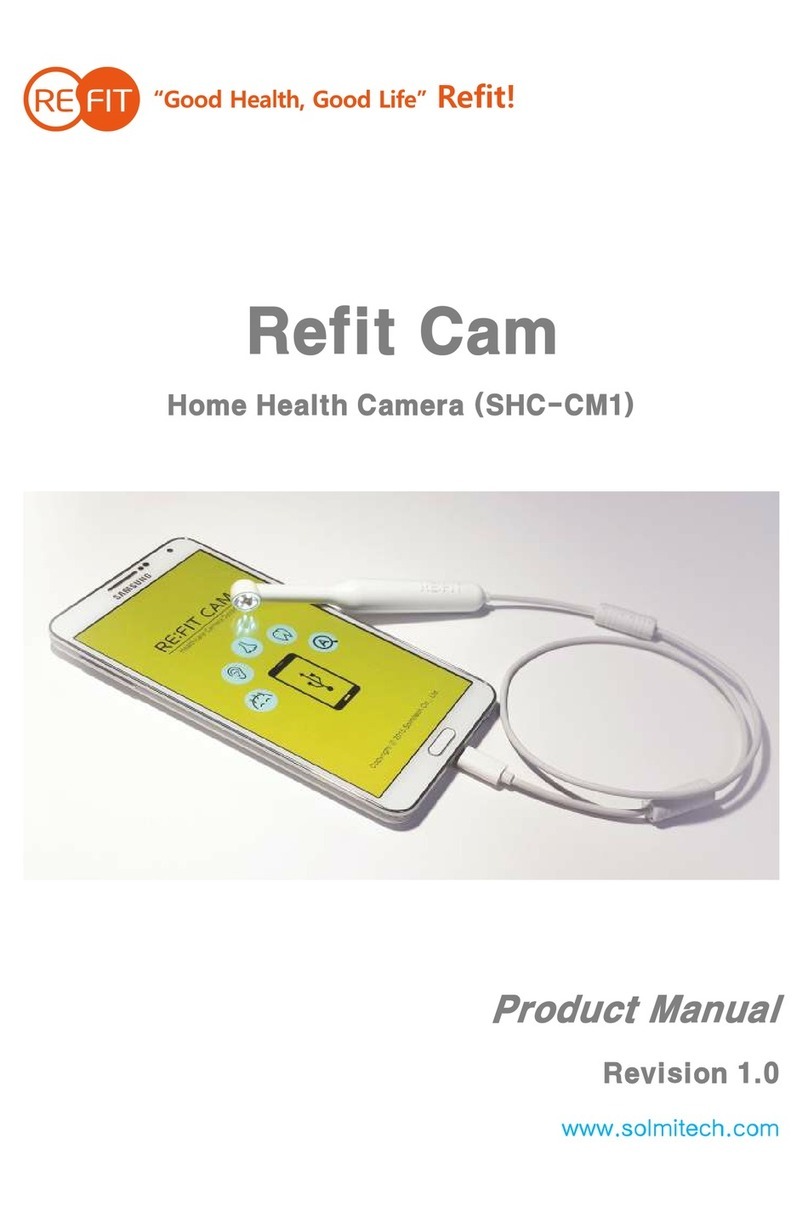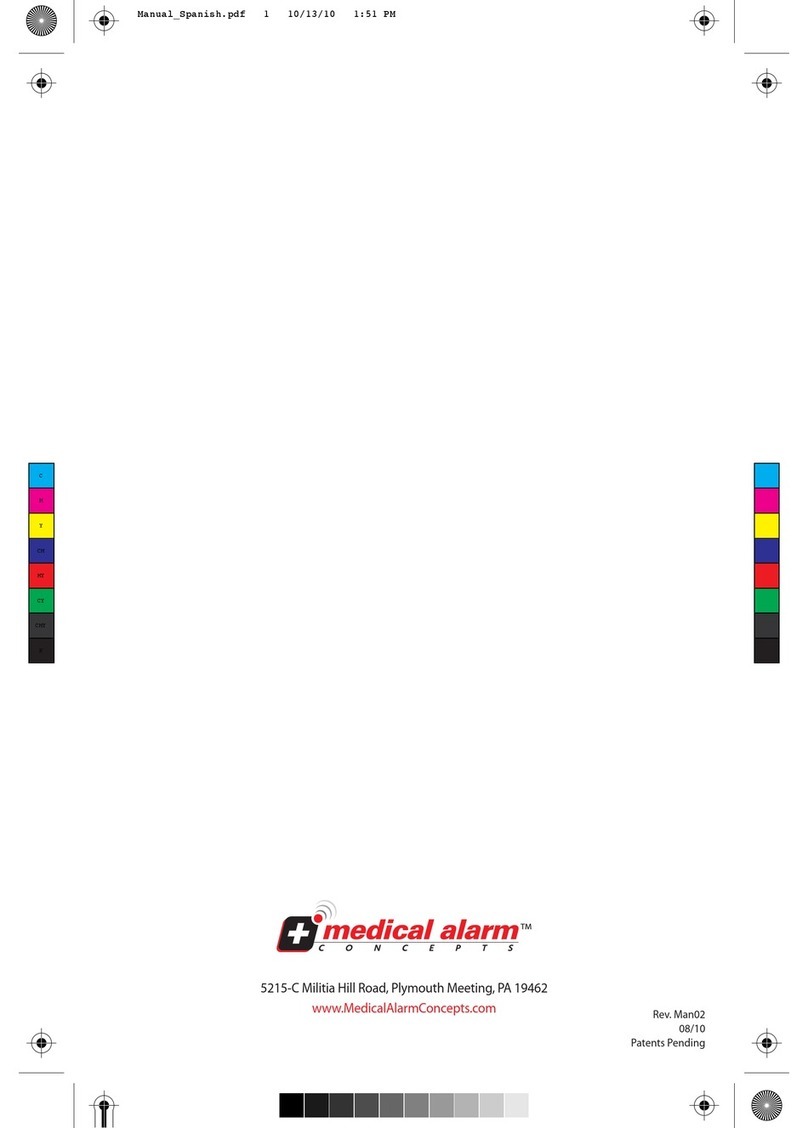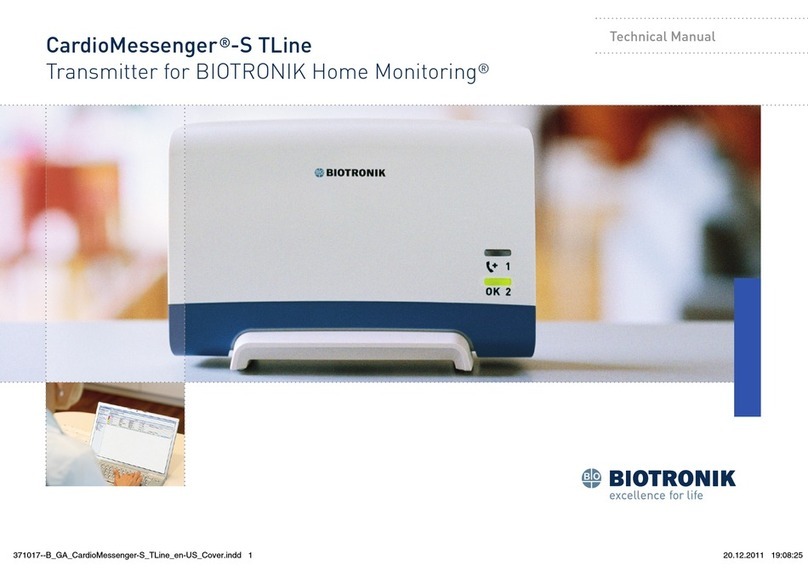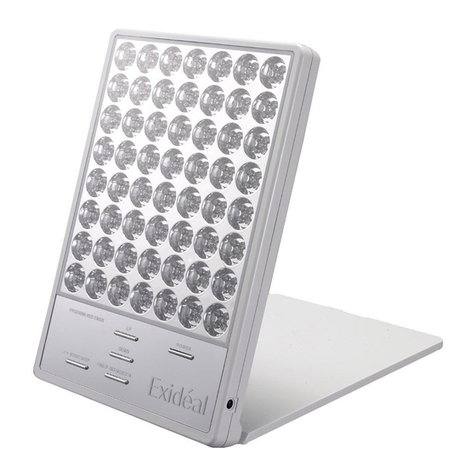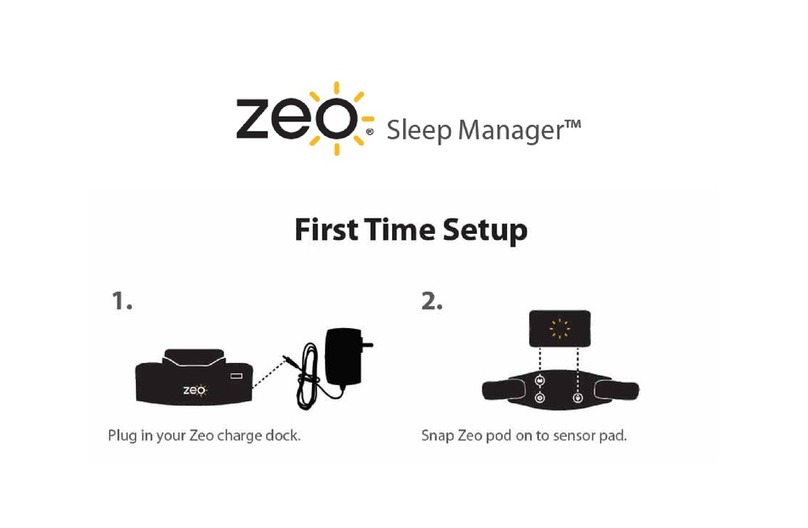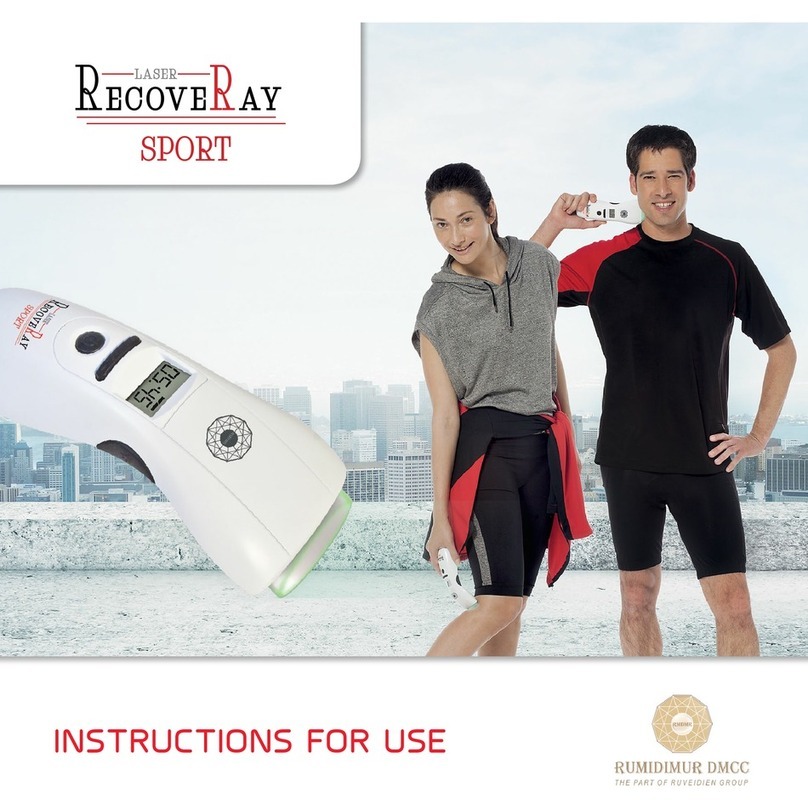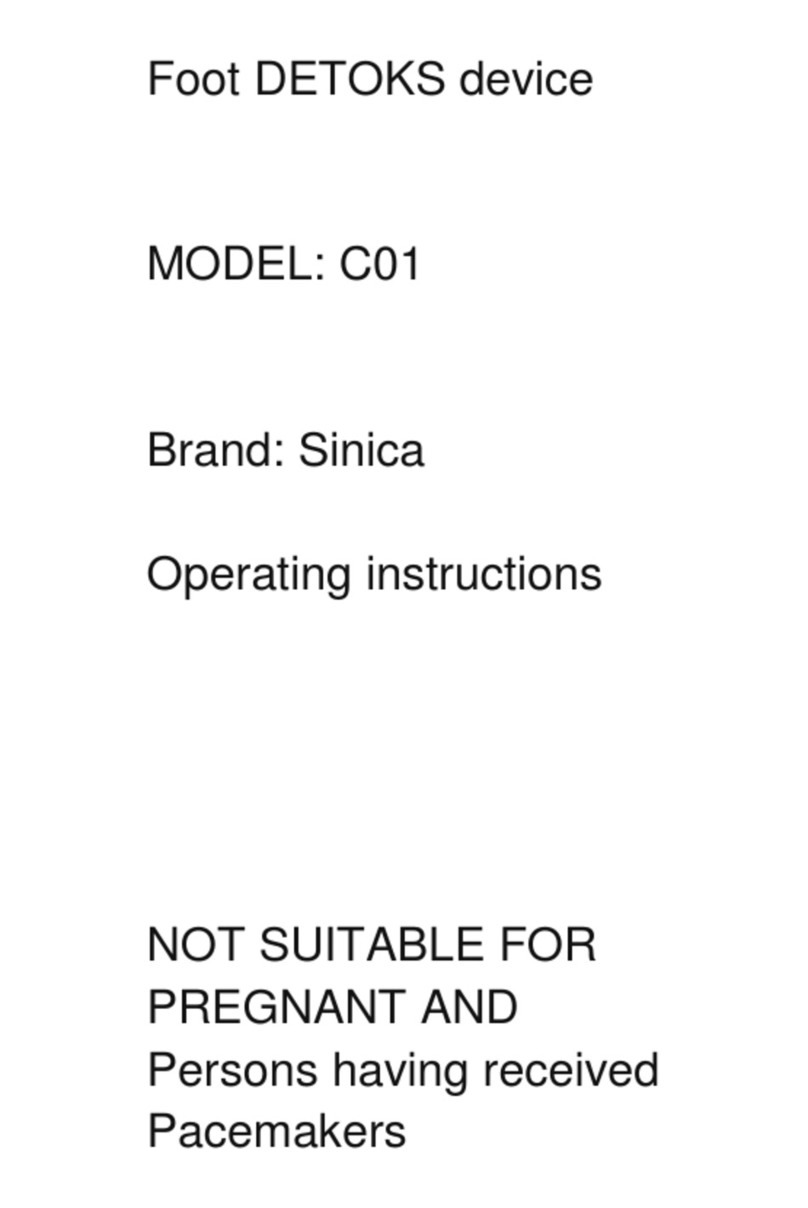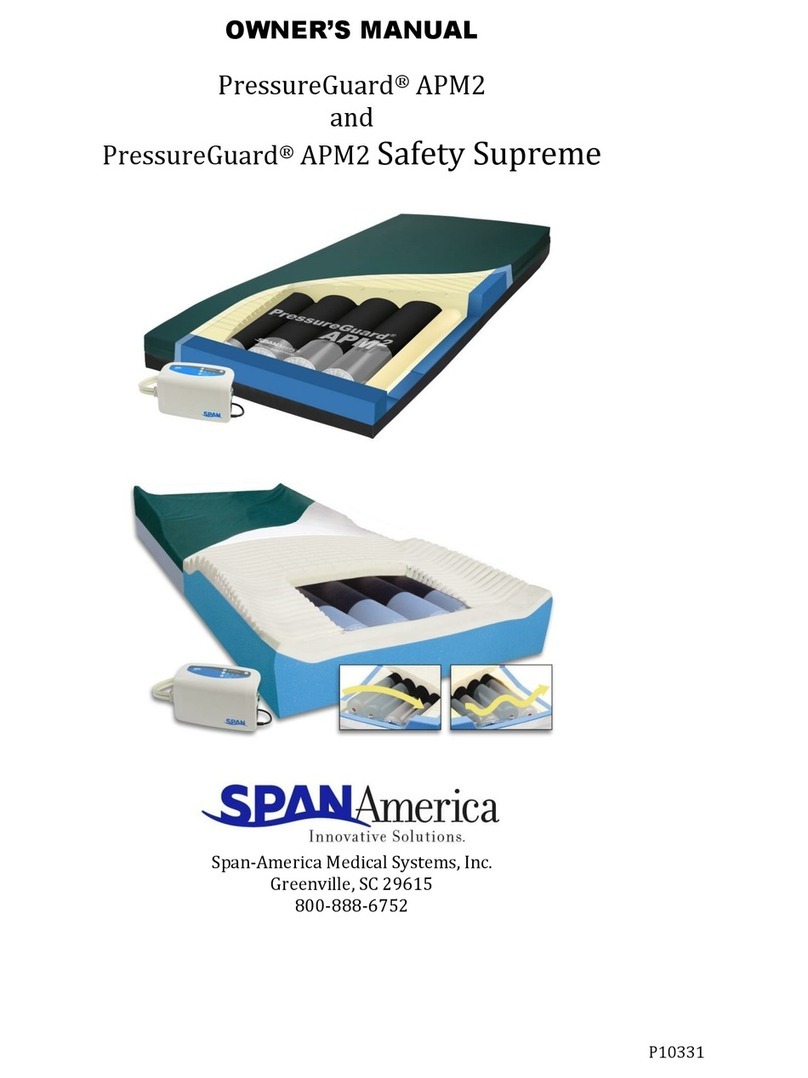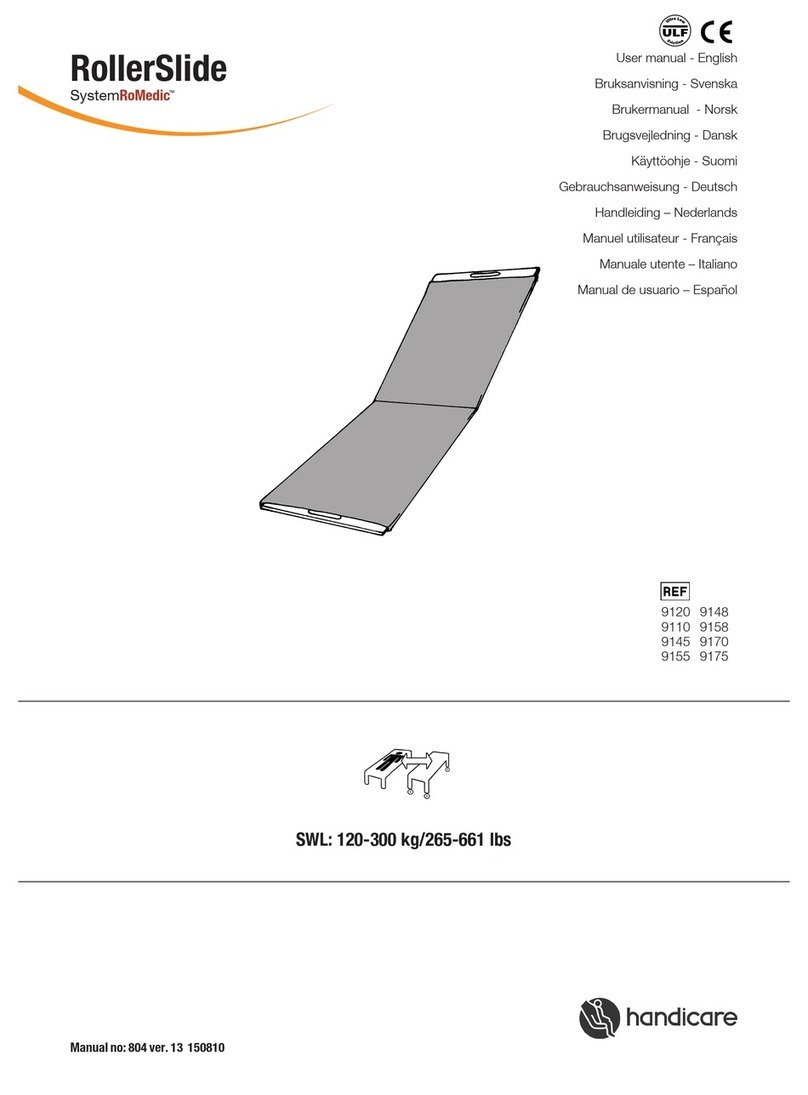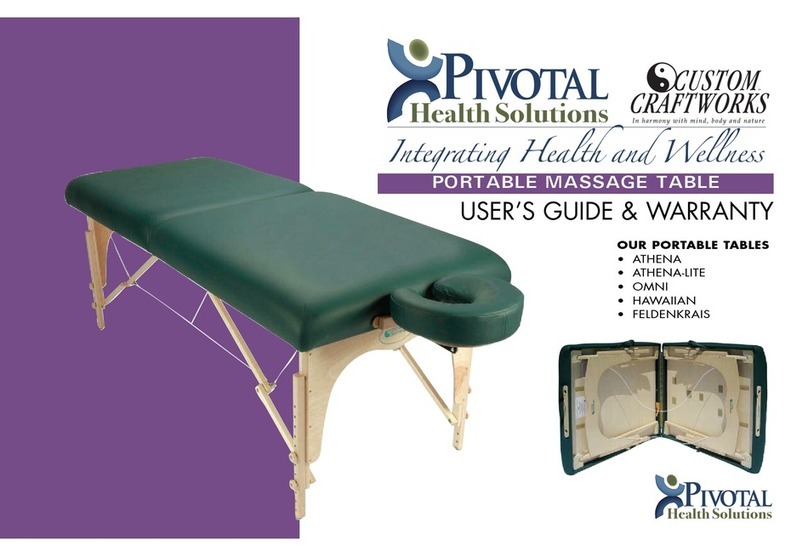
WM 67841c 03/2015
WM 100 TD EN 3
Table of contents
5.9 Setting the alarm ......................................................................... 54
5.10 Viewing therapy data and device information ............................... 56
5.11 Using the SD card ........................................................................ 58
6 Settings in the menu 62
6.1 Setting comfort parameters ......................................................... 62
6.2 Setting accessories parameters .................................................... 63
6.3 Setting time parameters .............................................................. 64
6.4 Setting device parameters ............................................................ 65
7 Hygienic preparation 66
7.1 General information .................................................................... 66
7.2 Cleaning intervals ........................................................................ 66
7.3 Hygienic preparation of the therapy device ................................... 67
7.4 Hygienic preparation of the respiration hose ................................ 69
7.5 Hygienic preparation of the respiratory air humidifier ................... 70
8 Function check 76
8.1 Intervals ...................................................................................... 76
8.2 Checking the therapy device ........................................................ 76
8.3 Checking the respiratory air humidifier ......................................... 77
9 Alarms and error messages 78
9.1 Alarms ........................................................................................ 78
9.2 Faults in the therapy device ......................................................... 80
9.3 Faults in the respiratory air humidifier .......................................... 81
9.4 Display messages ........................................................................ 81
10 Maintenance 83
11 Storage and disposal 84
11.1 Storage ....................................................................................... 84
11.2 Disposal ...................................................................................... 84
12 Appendix 85
12.1 Technical data ............................................................................. 85
12.2 Pressure volume curve ................................................................. 93
12.3 Pneumatic system diagram .......................................................... 93
12.4 Separation distances ................................................................... 94
